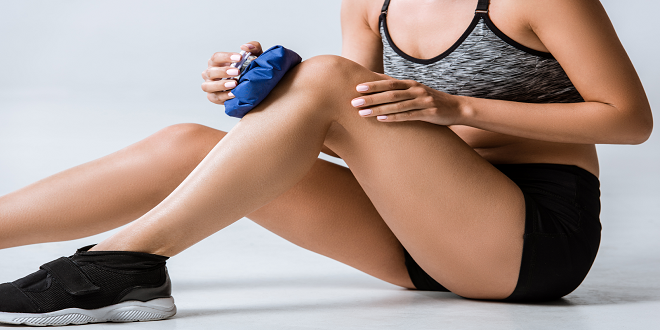
INTRODUCTION
The collection of blood samples from human subjects is required in many physiological, biochemical and nutritional investigations. The use to be made of the sample will determine the method of collection, the volume of blood required and the way in which the specimen is handled.
BLOOD SAMPLING AND HANDLING
Many different methods and sites of blood sampling can be used to collect samples for analysis, and the results obtained will be affected by the sampling site and by the procedures used in sample collection. A detailed discussion of the sampling procedures and of the consequences for measurement of various parameters is presented by Maughan etal.
The main sampling procedures involve collection of arterial, venous, arterialised venous or capillary blood. In most routine laboratory investigations of interest to the sports scientist, arterial blood sampling is impractical and unnecessarily invasive, and will not be considered in detail here. Where arterial blood is required, arterial puncture may be used, but in most situations, collection of arterialised venous blood as described later gives an adequate representation of arterial blood.
Venous blood
Venous blood sampling is probably the method of choice for most routine purposes: sampling from a superficial forearm or ante-cubital vein is simple, CHAPTER 3 BLOOD SAMPLING Ron Maughan, Susan M. Shirreffs and John B. Leiper painless and relatively free from risk of complications. Sampling may be by venous puncture or by an indwelling cannula. Where repeated sampling is necessary at short time intervals, introduction of a cannula is obviously preferred to avoid repeated venous punctures. Either a plastic cannula or a butterfly-type cannula can be used.
The latter has obvious limitations if introduced into an ante-cubital vein, as movement of the elbow is severely restricted. However, because it is smaller and therefore less painful for the subject, as well as being very much less expensive, it is often preferable if used in a forearm vein, provided that long-term access is not required. A 21 g cannula is adequate for most purposes, and only where large volumes of blood are required will a larger size be necessary.
Arterialised venous blood
Where arterial blood is required, there is no alternative to arterial puncture, but for most practical purposes, blood collected from a superficial vein on the dorsal surface of a heated hand is indistinguishable from arterial blood. This reflects both the very high flow rate and the opening of arterio-venous shunts in the hand. Sampling can conveniently be achieved by introduction of a butterfly cannula into a suitable vein. The hand is first heated, either by immersion up to the forearm for at least 10 min in hot (about 42C) water or by insertion into a hot air box (McGuire et al 1976).
If hot water immersion is used prior to exercise, arterialisation – as indicated by oxygen 26 RON MAUGHAN ET AL. saturation – can be maintained for some considerable time by wearing a glove, allowing this technique to be used during exercise studies. This procedure allows large volumes of blood to be collected without problems. Capillary sampling by the fingerprick method cannot guarantee adequate volumes for many procedures.





